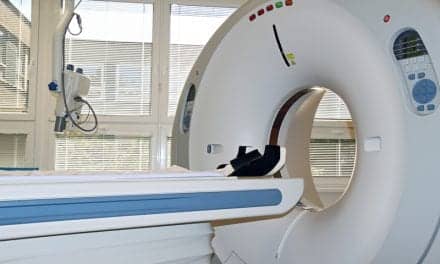Boehringer Ingelheim announced the publication of a new research article that details the measurement of specific white blood cells known as eosinophils in predicting the response to inhaled corticosteroids in patients with COPD and a history of exacerbations. The study was developed using data from the WISDOM clinical trial, which includes patients with severe to very severe COPD, and aimed to establish if there is a need for continuous treatment with an inhaled corticosteroid therapy in addition to Spiriva and long-acting beta2-agonist (LABA), two long-acting bronchodilators.
In the WISDOM trial. 2,488 COPD patients received 18 ?g of tiotropium, 100 ?g of salmeterol, and 1,000 ?g of fluticasone propionate daily for 6 weeks, and were then randomly assigned to receive either continued or reduced ICS over a period of 12 weeks. In the analysis of the WISDOM trial, the researchers evaluated the rate of exacerbations and timed exacerbations in relation to blood eosinophil levels.
The results of the study revealed that only 20% of the patients benefited from ICS treatment on top of LABA and Spiriva when it came to a reduction in the risk of exacerbations. A COPD News Today report indicates that the patients who benefited from a reduced exacerbation risk due to the continued use of ICS in addition to bronchodilators had higher levels of blood eosinophils. Also, the increase in exacerbation rates became more apparent as the eosinophil cutoff level rose.
“Long acting bronchodilators are a mainstay therapy in COPD management; however, in clinical practice ICS is widely used across all COPD stages,” says study investigator Peter Calverly. “Previously, it has been difficult to determine the subset of patients who respond to ICS. These findings will help physicians more confidently identify which patients may benefit from ICS therapy, helping minimize exposure to the risk of side effects related to long-term ICS use.”
According to a COPD News Today, researchers believe that the data suggests that eosinophil counts of 4% or greater, or 300 cells per ?L or more, might identify a harmful effect of ICS withdrawal, although further studied are needed for confirmation.
Source: COPD News Today










